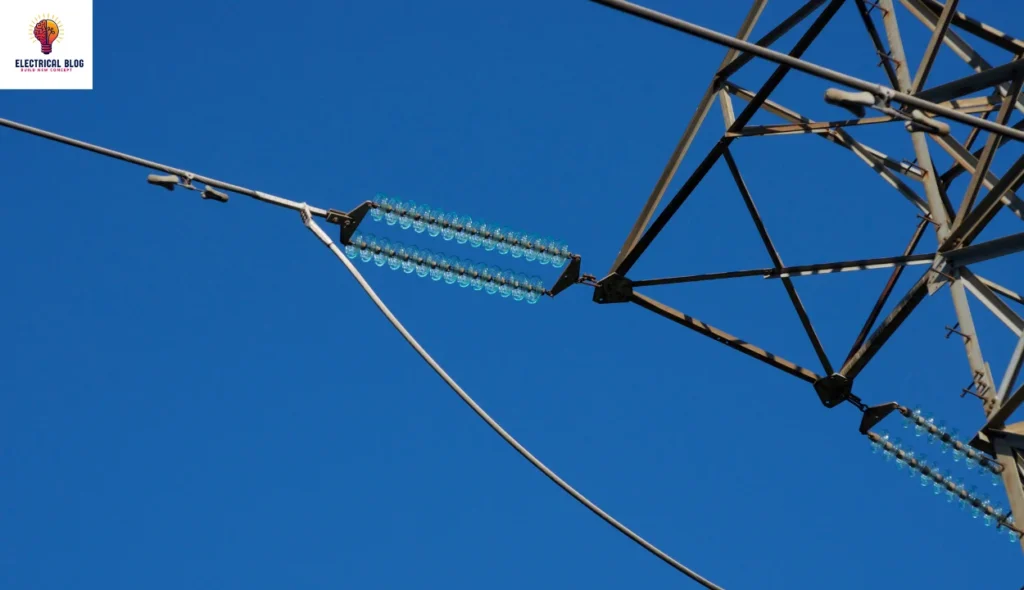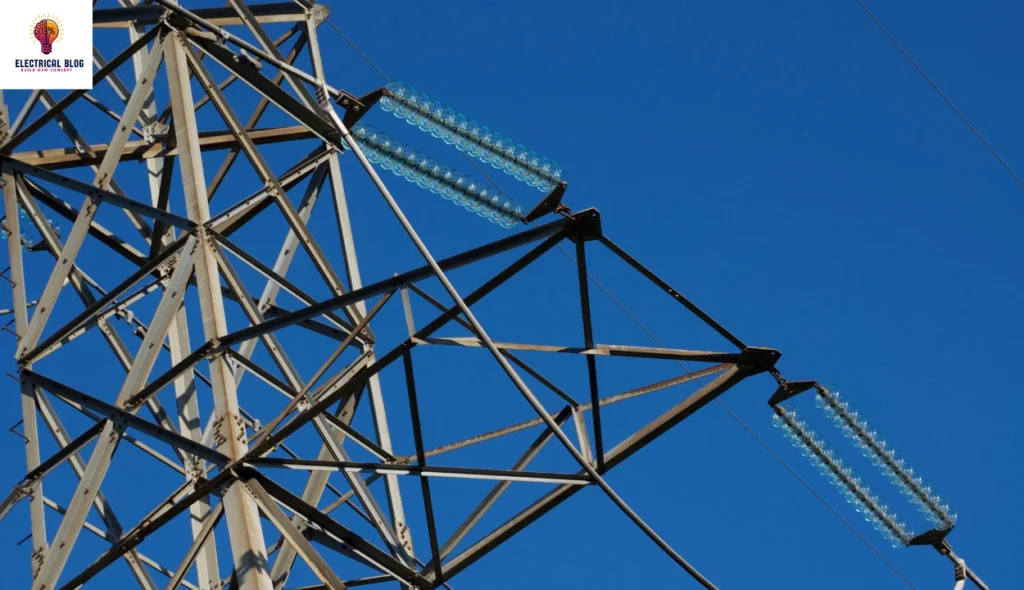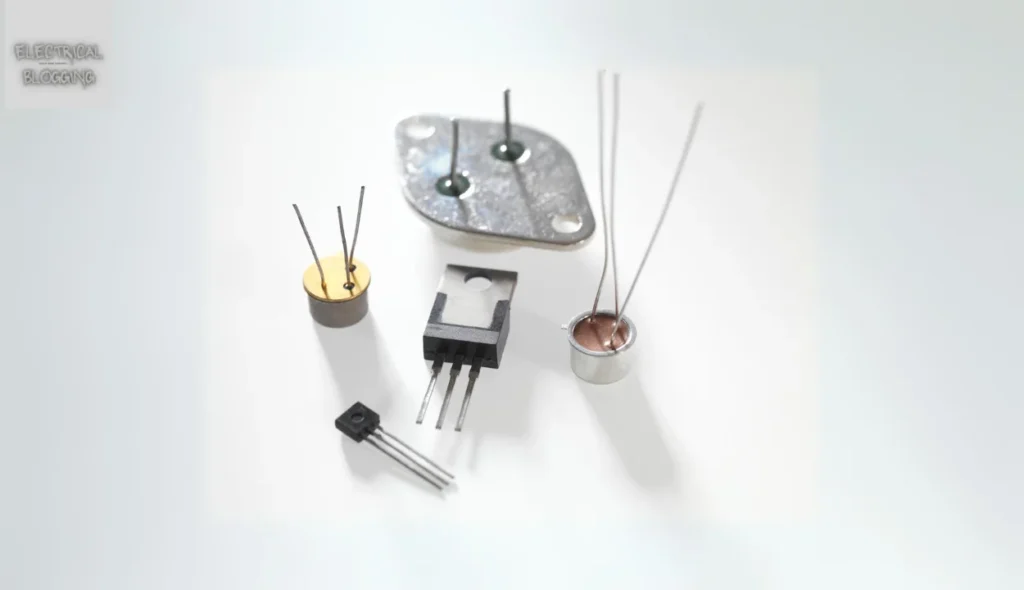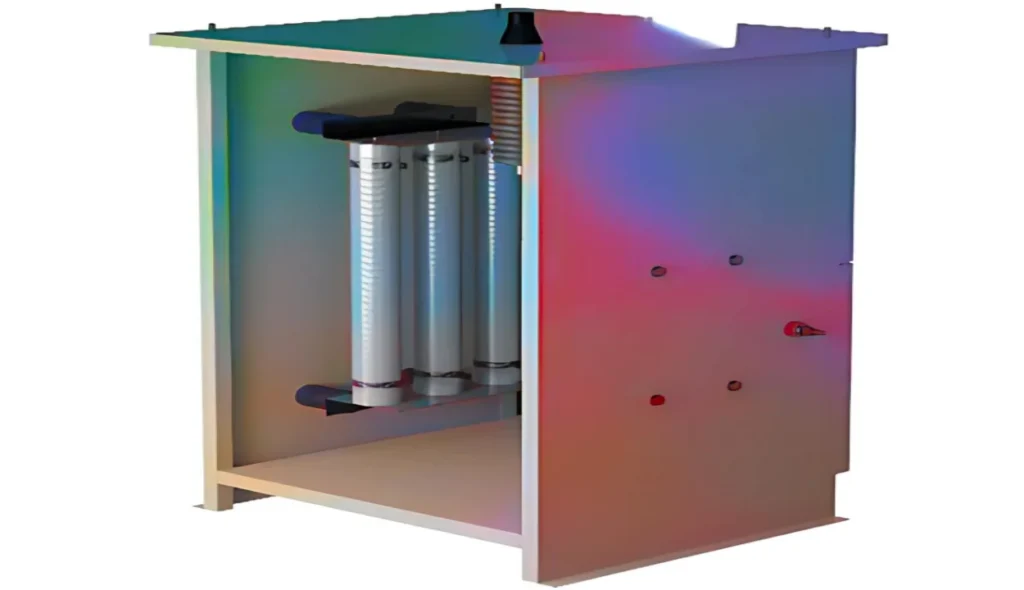What is the Corona Ring?
A corona ring is a toroid made of conductive metal, designed to prevent corona discharge in high-voltage systems. It helps distribute the electric field gradient, ensuring that maximum values stay below the threshold to protect insulators and other equipment. This device is widely used around switchgear, transmission lines, and scientific research apparatus. A similar component, the grading ring, stabilizes voltage values and improves insulation. By controlling electric power, the corona ring enhances the reliability of engineering hardware and ensures the efficiency of terminals and related components.
Effects of Corona Discharge
In high voltage systems, corona discharge happens when electric current leaks into the air, often seen as a blue glow near sharp points on conductors. This effect ionizes the air, allowing a flow of corrosive gases that can weaken insulators and surrounding structures. Over time, the brittle condition of materials leads to deterioration, making repairs costly. In transmission lines, this energy waste can be economically significant, affecting both performance and efficiency. Without proper control, coronas can lead to equipment malfunction, especially in sensitive devices like electrostatic generators and tube-type television sets.
The presence of noxious ozone gas near local residents and workers creates a health concern, especially in areas with high power transmission. These gases react with materials, causing aging and further damage to hardware. In systems like Marx generators, uncontrolled leakage can reduce voltage levels, preventing the device from functioning correctly. The original state of equipment is compromised as exposure to environmental conditions makes it undesirable for long-term use. Preventive measures, such as corona rings, help regulate electric fields and prevent excessive discharge.
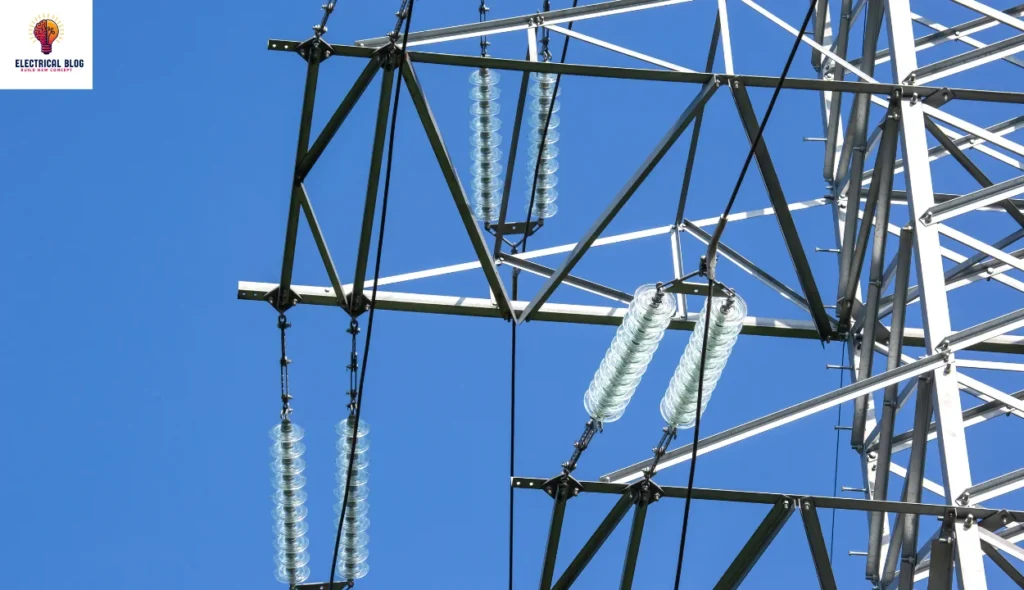
How Corona Rings Work
A corona ring is electrically connected to high-voltage conductors and plays a key role in reducing the risk of corona formation. When the potential gradient at the surface of a terminal exceeds the critical limit, the air around it becomes ionized, leading to discharges. The presence of a rounded metal ring suppresses this effect by reducing the field strength and distributing the dielectric pressure evenly. These rings are designed to fit areas where sharp edges, corners, or bars could intensify the electric field. By controlling these disruptive factors, corona rings help maintain safe operation in high-voltage circuits.
In high altitudes, where atmospheric pressure is lower, corona effects become a problem, especially near insulators and exposed hardware. The greatest risk occurs at the sharpest points where electric discharges tend to form. Corona rings are strategically installed at these locations to maintain potential levels below the 30 kV/cm threshold, preventing unnecessary exposure and damage. Their large diameter and curvature help to control frequency variations in bus wires, minimizing unwanted energy losses. Used widely in power equipment, these rings ensure safe and efficient performance by stabilizing the electric field in conductors and other high-voltage components.
The Role of Grading Rings
A grading ring is a metal component used in high-voltage systems to suppress uneven electric fields and prevent flashover. It is linked to the electrode and helps in reducing electrical stress by distributing the voltage gradient more evenly. In insulators, the potential difference is highest at one end, which can cause premature breakdown. By allowing a controlled flow of charge, grading rings help maintain stable conditions in conductors and equipment.
In apparatus like Marx generators and particle accelerators, multiple grading rings are spaced along columns to manage the electric field. These rings are applied to keep the difference between potential levels uniform, reducing the deterioration of insulators. A divider chain of resistors is often used to ensure that the voltage is equally distributed. This setup helps to prevent arc formation and enhances the longevity of electrical tubes and other high-voltage components.
Since grading rings help in reducing excessive stress, they allow for cheaper, shorter insulators while maintaining the same performance. These rings are encircled around critical sections where spots of high energy could lead to system failure. Their presence is significantly important in large-scale equipment, as they help in suppressing faults before they escalate. By ensuring a full balance of charge, grading rings enhance the reliability of electrical systems.
Uses of Corona Rings
Corona rings are essential in high-voltage transmission systems, protecting insulators and bushings from early damage. They are widely installed on electric apparatus like Van de Graaff and Cockcroft–Walton generators, as well as particle accelerators to control discharge effects. In radio antennas and high-power systems, they help suppress unwanted electrical activity and increase capacitance. Manufacturers suggest using them at the end of an insulator for 230 kV lines and at both ends for 500 kV or higher. These rings help prolong the lifetime of surfaces, ensuring long-term stability in power switchgear. By maintaining a balanced voltage, corona rings improve efficiency in transmission lines and other extremely high-energy applications.
Conclusion
Corona rings play a crucial role in high-voltage transmission by protecting insulators, bushings, and electric apparatus from discharge effects and early deterioration. Their use in Van de Graaff and Cockcroft–Walton generators, particle accelerators, and high-power radio antennas helps suppress unwanted energy loss and increase capacitance. By ensuring a stable voltage in transmission lines, they help prolong the lifetime of surfaces and maintain system efficiency. Manufacturers suggest their installation at critical ends of insulators, especially for 230 kV lines and above 500 kV. These rings are vital for reducing electrical stress and improving overall power switchgear performance in extremely high-energy environments.

